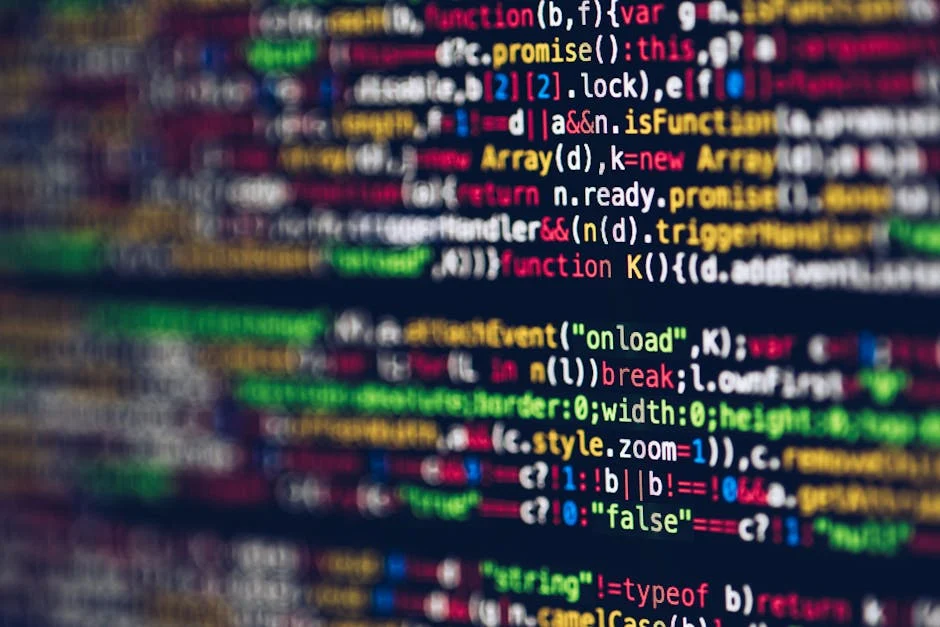Function
Introduction
The concept of a “function” is fundamental across various disciplines, from mathematics and computer science to everyday language. In essence, a function represents a relationship between inputs and outputs. Understanding functions is crucial for problem-solving, building complex systems, and analyzing data. This article provides a comprehensive overview of functions, exploring their definitions, types, applications, and significance.
Main Sections
Defining a Function
At its core, a function is a mapping that transforms one or more inputs into a single, well-defined output. This mapping must be consistent; for the same input(s), the function must always produce the same output. Key components of a function include:
- Input(s): The value(s) provided to the function. These are often referred to as arguments or parameters.
- Output: The value returned by the function after processing the input(s).
- Mapping Rule: The specific set of operations or steps that define how the input(s) are transformed into the output.
Types of Functions
Functions come in many forms, each serving a specific purpose. Here are some common types:
- Mathematical Functions: These functions operate on numerical inputs and produce numerical outputs. Examples include:
- Linear functions (e.g., f(x) = 2x + 3)
- Quadratic functions (e.g., f(x) = x2 – 4x + 1)
- Trigonometric functions (e.g., sin(x), cos(x))
Representing Functions
Functions can be represented in various ways, including:
- Equations: The most common way to represent mathematical functions (e.g., y = f(x)).
- Graphs: Visual representations of the relationship between inputs and outputs.
- Tables: Listing input-output pairs.
- Algorithms: Step-by-step procedures, particularly in computer science.
- Code: Implementations of functions in programming languages.
Applications of Functions
Functions are ubiquitous and essential for:
- Problem Solving: Breaking down complex problems into smaller, manageable functions.
- Data Analysis: Applying functions to datasets to extract insights and patterns.
- Software Development: Building modular and reusable code.
- Modeling and Simulation: Representing real-world phenomena mathematically.
- Optimization: Finding the best input(s) to maximize or minimize a function’s output.
Conclusion
The concept of a function is a cornerstone of many fields. By understanding the definition, types, representations, and applications of functions, individuals can unlock powerful tools for problem-solving, analysis, and creation. Whether you’re a student, a programmer, or simply a curious individual, mastering the principles of functions will undoubtedly enhance your ability to understand and interact with the world around you.





Post Comment